Pupillary Distance (PD) Measurement
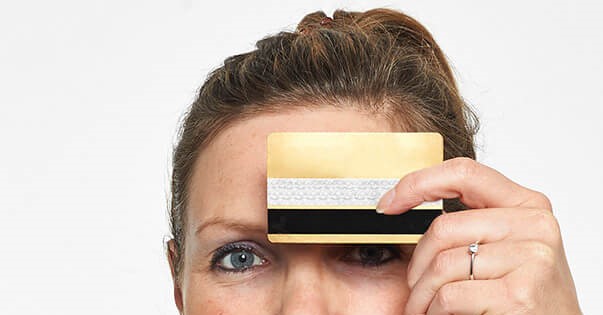
Use the new Online Pupillary Distance Meter
The distance between the Centre of one pupil to the Centre of the other pupil is the PD. Prescription glasses are made so that the distance between the optical centers of the glasses' lenses, is the same as your PD. Once you are an adult, your PD does not change but PD varies from person to person.
Therefore if as an adult you have had it measured it will remain the same even if your prescription has changed. PD is measured either during the eye exam or when prescription glasses are ordered. The illustration below represents a PD of 62mm.
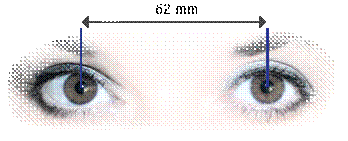
If you cannot find your PD on your prescription:
- Have it measured at an optical shop, charges may apply.
- Contact the optical store where you had previously purchased prescription glasses. They have definitely measured your PD for it.
- Your previous ophthalmologist may have a record of your PD.
- Try measuring your own Pupillary Distance as illustrated below. (Note: The reading could be taken inaccurately due to lack of training.)
The higher the lens power, the more important it is to use an accurate PD. We recommend that you get a professional measurement of your PD whenever possible.
Measuring PD yourself(Pupillary Distance):
Note: This is best done with glasses off.
1. While looking into a mirror hold a ruler against the bridge of the nose.
2. Shut your left eye, and line the '0'(zero) up with the centre of the pupil of your right eye as shown in the illustration.
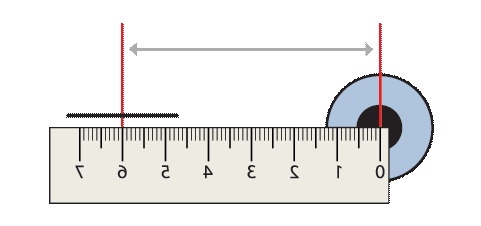
3. Without shaking your head or the ruler open the left eye and close the right eye. Note the number that lines up with the centre of the pupil of the left eye. This number represents your PD in mm.
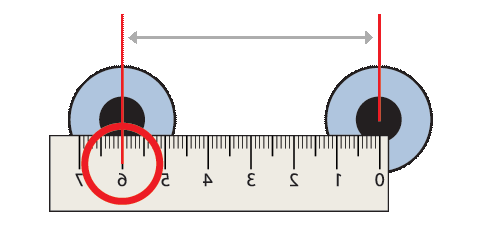
4. Repeat this whole process at least 3 times to try and get a consistent measurement. The number you have just measured is your distance PD.
Your ‘near PD’ is calculated as 3mm less than the distance PD.
Distance PD = 60
Near PD= 60 – 3 = 57
Note: Sometimes the centre of the pupil is difficult to see. Instead of lining up the ruler with the centre of the pupil, it is more precise to use the edge of the pupil.
Be careful to use the inside edge of one pupil and the outside edge of the other pupil as illustrated at the bottom of the page.
Get Help To Measure Your PD:
Ask your friend to hold an mm ruler just above the centre of your eyes and measure the distance between your pupil centers.
Working in good light will make measuring easier as the pupils will be less dilated.
The two of you should be at a similar height approximately, sitting opposite each other. Your friend holds the ruler in their left hand across the bridge of your nose and closes their LEFT eye to avoid any parallax error.
With their RIGHT eye open, they first line up the ruler with outside edge of your left pupil. Then without moving the ruler they close their RIGHT eye and with their LEFT eye read off the measurement to the inside edge of RIGHT pupil.
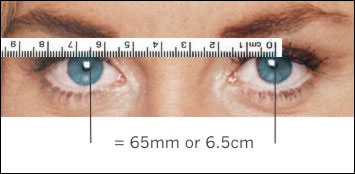
Note: You should fix on an object which should ideally be about 400mm or 16 inch away. The PD will ensure the accuracy of your spectacle lenses when supplied. An average PD reading will usually be somewhere between 55mm and 72mm. Take the measurement two or three times to get an average and to guarantee accuracy.